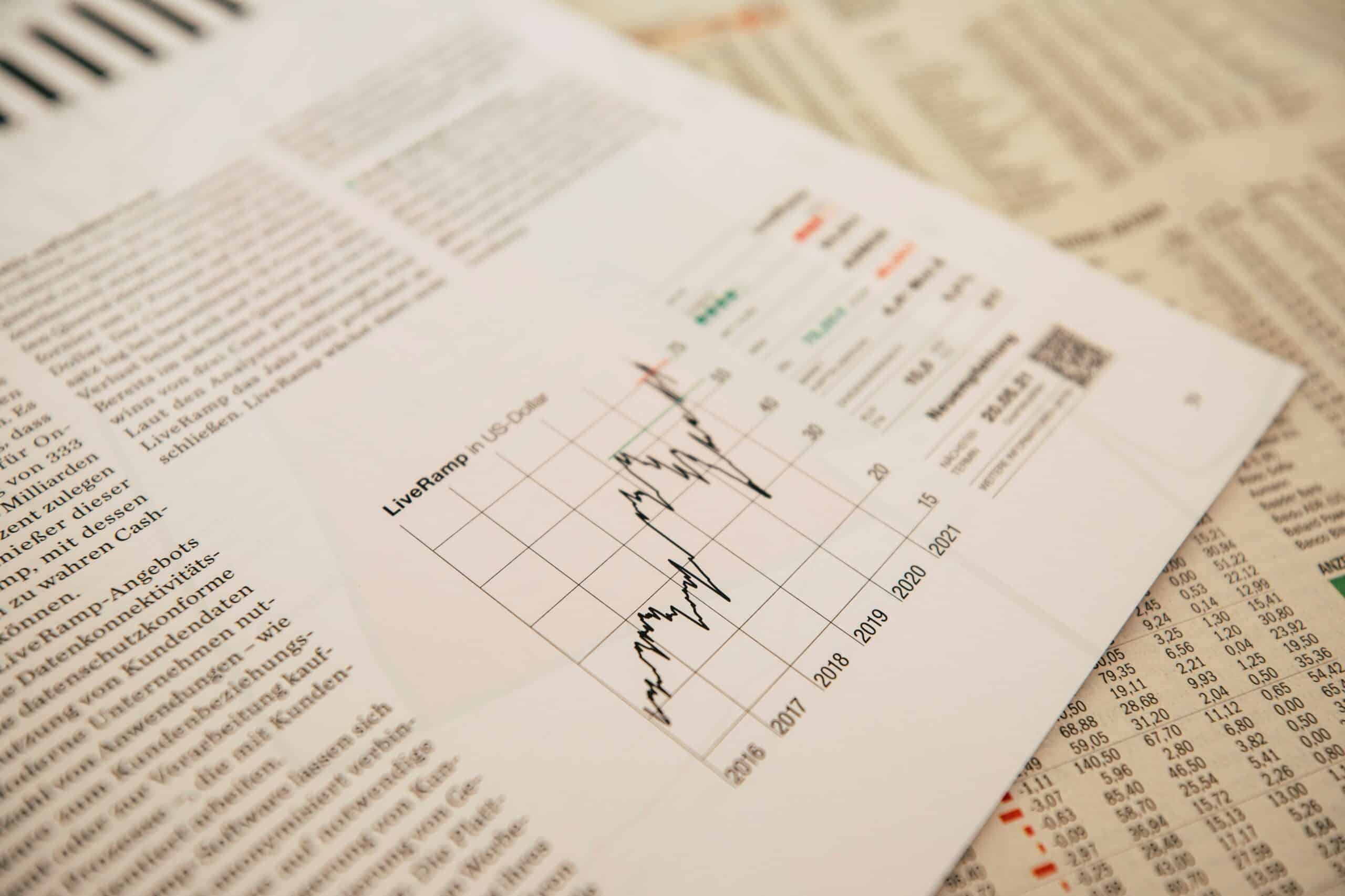As the worries about prolonged inflation start to subside – there appears to be light at the end of the tunnel for developed economies. There have been 3 months in a row of CPI prints that have come in at or below expectations.
The general consensus is that inflation has peaked and over the next 12 to 18 months it should taper down to the Bank of England’s target rate. This is also the view for the United States which is positive as their markets make up the majority of global stock market capitalisation.
Over the last 15 months, global markets have had to become steadily immunised to the rapid rising of central bank interest rates. The Chairman of the Federal Reserve in the US has repeated his “higher for longer” view in every speech he has made since the middle of 2022.
Unlike the Bank of England – who’s only target is keeping inflation under control – the Federal Reserve also have the target of keeping employment levels stable. Central banks do not have mandated targets regarding the value of assets – it matters not, to them, whether the stock/housing/bond markets rise, fall or stay flat.
At this point in time, employment levels in the USA are at near record levels and inversely, unemployment leaves are at near record lows. This is in part helped by the cost-of-living increases and many citizens being forced to take a second job to make ends meet.
What is the Bank of England base rate?
CPI is still far higher than central bank targets and with employment being strong, there is currently no reason for the Federal Reserve, the Bank of England and the European Central Banks to consider decreasing base rates at this time.
The most likely outcome for the short term is that Central Banks reach their terminal interest rate and hold them there until either unemployment rises above targets or inflation falls below targets. At this point in time, the Federal Reserve have set an interest rate of 4.75% and their defined terminal rate is 5% – so, we are almost there.
The next point of interest for markets is the corporate earnings landscape. As Consumers tightening their belts and the cost of production and energy is substantially higher than a couple of years ago.
The question analysts are wrestling with at the moment is the extent to which profits will be hit across economies. We are in the midst of an earnings season and so far, earnings have been robust – with many companies meeting expectations and some exceeding them.
There are a number of recession warning signs flashing but GDP growth remains relatively robust. We will continue to monitor the ongoing economic climate and ensure that any important news is fed back to you via our various means of communication.
Even if a recession does become the base case – the stock market is forward looking and therefore, valuations will have likely accounted for this well in advance. In past recessions, the stock market usually starts recovering well before the economy reaches its worst point.
As ever, the most proven strategy during periods of volatility is to remain invested through the peaks and troughs. If you would like to speak to your adviser regarding this, or anything else – please feel free to contact them at your earliest convenience to start your financial planning.
Related Articles
-
News
 April 11, 2017
April 11, 2017How Child Benefits affects your National Insurance Contributions
You may be familiar with child benefits, however are you and your family claiming this correctly? Ev.... -
News
 June 26, 2023
June 26, 2023Farewell and Happy Retirement to Derek Jameson
Today is the day that we bid farewell to our long-standing friend and colleague – Derek Jameson. .... -
News
 October 17, 2024
October 17, 2024Looking Ahead to the Autumn Budget
Rachel Reeves’s first Budget will be on Wednesday 30 October and we have all been warned about the....

